The Ouroboros symbolizes existence and destruction, the endless cycle, and rebirth. The snake in the Ouroboros symbol consumes itself by eating its own tail. But this self-destruction is not an end—it is a beginning. Without shedding its previous form, it cannot create a new one. This cycle continues indefinitely. Nature follows the same pattern, constantly renewing itself. Despite storms and great disasters, the seasons flow as if nothing happened. Snowdrops sprout from the snow and greet the world anew. Life is a cycle—both singular and infinite.
Ouroboros: The Snake That Devours Itself
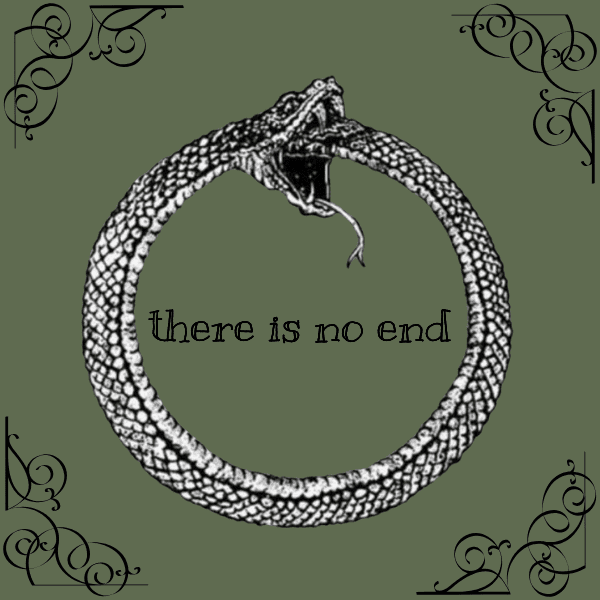
The Ouroboros depicts a serpent that destroys itself while simultaneously giving birth to itself. The word ‘Ouroboros’ originates from Greek, meaning “one who devours its own tail.” Hidden within the simplicity of this symbol lies profound meaning. That is why we have compiled its significance across different cultures and the perspectives of renowned thinkers.
Ouroboros Meaning in Different Cultures
The Ouroboros is a mythological symbol representing eternity. The snake biting its own tail signifies the perpetual cycle of reincarnation—an eternal renewal, an endless becoming.
The Ouroboros is an enigma for anthropologists. It appears in civilizations that had no historical or geographical contact, much like the universal symbol of the evil eye. This makes it both fascinating and mysterious. The Ouroboros is found in ancient Egyptian, Greek, and Anatolian traditions, as well as in Chinese mythology and even among the Aztecs.
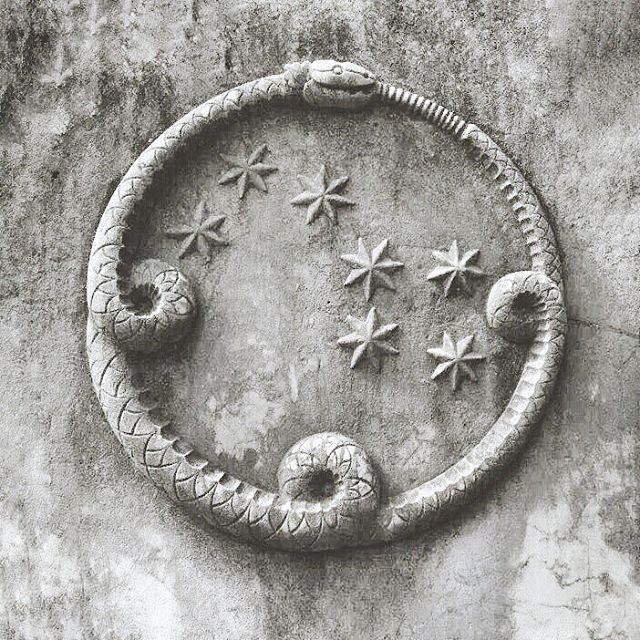
In Hindu sacred texts, the Ouroboros is mentioned as a cosmic serpent. It is also associated with Janus, the Roman god of beginnings and endings. This symbolism is evident in Janus statues placed at city entrances.
In Norse mythology, we see the Ouroboros reflected in the legendary serpent Jörmungandr, which encircles the world. Similarly, the concept emerges in Persian mythology in the form of Simurgh, the phoenix-like creature symbolizing cyclic existence.
In ancient African beliefs, the universe itself was represented by the Ouroboros. To them, it was the ultimate, self-sufficient force, requiring nothing beyond itself. This interpretation links the Ouroboros to the motion of celestial bodies, reinforcing the idea of a self-sustaining, cyclical cosmos.
In Greek mythology, the Ouroboros appears on the shield of Athena. In Scandinavian mythology, it is linked to the serpent that encircles the world. In Mesopotamian myths, it is connected to Gilgamesh and the loss of the herb of immortality.
Ouroboros in Alchemy
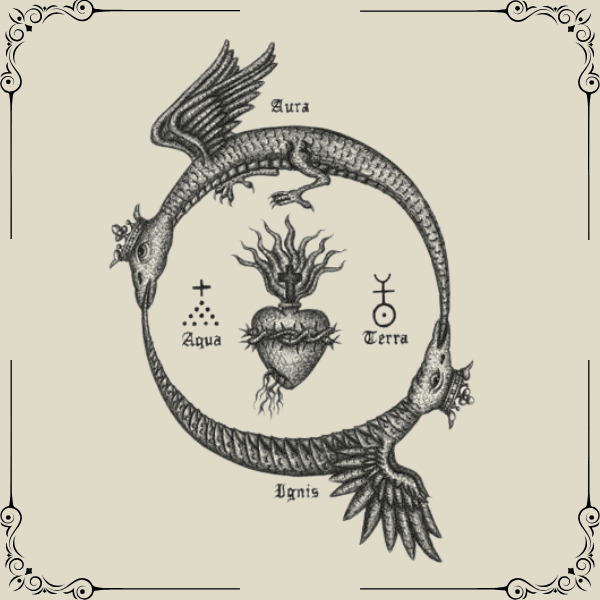
“My beginning is in my end, my end is in my beginning.”
This phrase, fundamental to alchemy, perfectly encapsulates the Ouroboros. The Ouroboros represents prima materia, the essential substance believed to be the foundation of all matter. In ancient Egypt, deities were closely associated with animals, and alchemists viewed the Ouroboros as both a divine and natural entity. It symbolized the universal and temporal cycle—the eternal process of transformation.
Origins of the Ouroboros
The first known depiction of the Ouroboros dates back to the 14th century BCE, appearing in ancient Egyptian funerary texts. These inscriptions, often found in tombs such as that of Tutankhamun, were intended to guide the deceased through the afterlife.
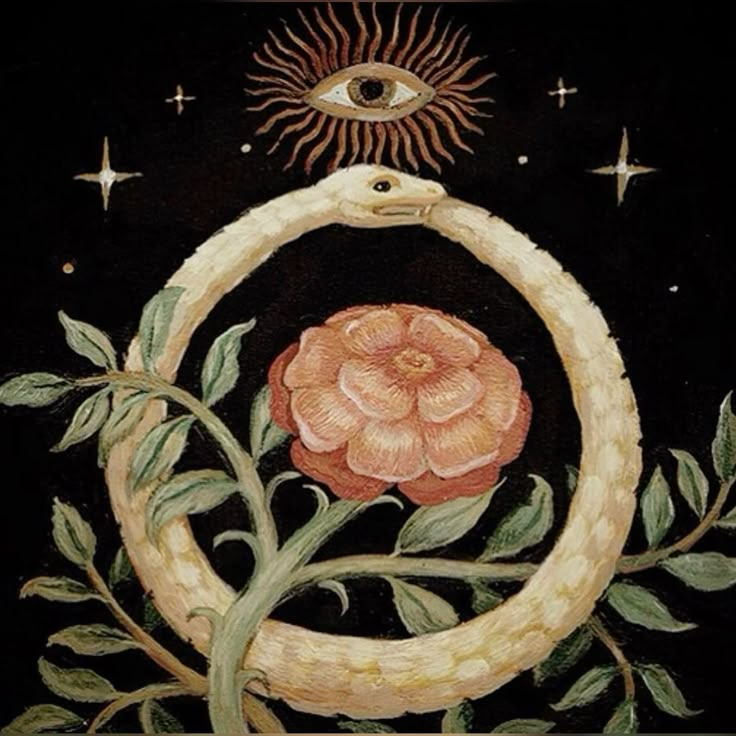
A significant variation, the Double Ouroboros, features two serpents. According to inscriptions, one represents Ra, the sun god, while the other embodies Osiris, the god of the underworld. Their union marks the convergence of life and death, the beginning and end of time.
The Endless Bond: The Snake Eating Its Tail
The Ouroboros, forming a perfect circle, symbolizes unity and continuity. In ancient Egypt, it was used as a wedding ring, signifying an unbreakable bond. Over time, the head and tail of the snake were removed, evolving into the modern wedding ring we wear today.
Nietzsche and the Ouroboros
Friedrich Nietzsche’s philosophy aligns closely with the Ouroboros. His concept of eternal recurrence—the idea that all events in life will repeat endlessly—mirrors the snake devouring its tail.
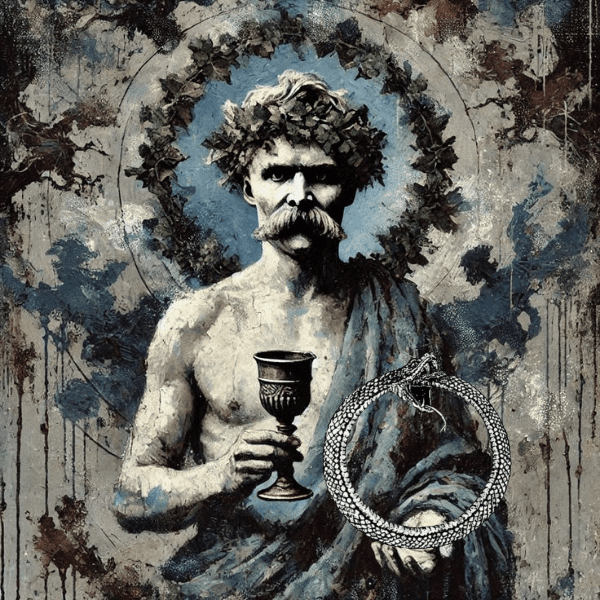
In The Gay Science, Nietzsche poses a profound question:
What if a demon crept up to you one night and whispered:
“You must live your life exactly as it is, again and again, an infinite number of times. Every joy, every sorrow, every fleeting moment, even this very breath you take—it will all repeat in an endless cycle.”
Would you despair at the thought of reliving your life in an unending loop, or would you embrace it as the ultimate affirmation of existence?
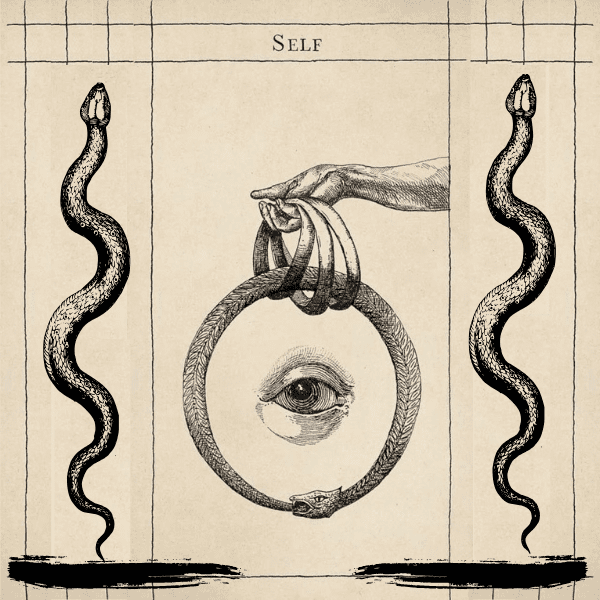
For Nietzsche, the challenge is not to escape life’s repetition but to will it, to live in such a way that you would choose to relive your life eternally. The Ouroboros symbolizes this self-creation, an existence forged by one’s own choices.
“Everything goes, everything returns; the wheel of being rolls eternally. Everything dies, everything blossoms anew; the year of existence runs eternally.”
Ouroboros and Carl Jung
Carl Jung, the father of analytical psychology, saw the Ouroboros as a representation of the psyche’s self-regulating nature. To him, the Ouroboros illustrated the relationship between the self and its shadow.
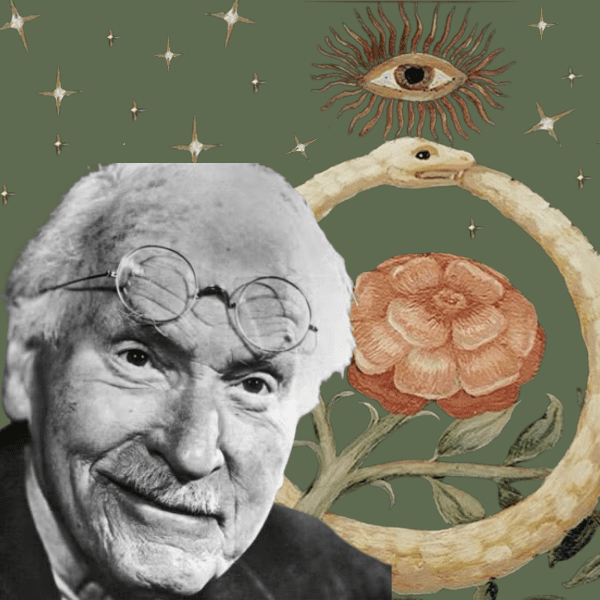
“This ‘feed-back’ process is at the same time a symbol of immortality, since the Ouroboros slays itself and brings itself to life, fertilizes itself and gives birth to itself.”
Jung believed individuation—the integration of one’s shadow, unconscious aspects, and true self—was essential for personal growth. The Ouroboros embodies this process, much like the phoenix rising from its ashes. It represents the journey of self-discovery, where transformation comes from within.
Independent, free, and self-sufficient, the Ouroboros reminds us that true power lies in embracing our own evolution.
The Magic of Opposites

The Ouroboros unites opposites:
- Life & Death
- End & Beginning
- Repetition & Regeneration
- Past & Future
- Self-Sustenance & Self-Destruction
It is the holism that encompasses all dualities. Those who embrace these contrasts in life often wear the Ouroboros as jewelry, tattoos, or symbols in their homes. These symbols serve as daily reminders of life’s eternal cycle, whispering the truth of transformation and renewal.
After all, the Ouroboros is not just a symbol—it is a philosophy. A call to create oneself. Again, and again.
References:
- Britannica: Ouroboros – Symbol of Infinity
- Stanford Encyclopedia of Philosophy: Nietzsche’s Eternal Recurrence
- ResearchGate: Jung’s Concept of Individuation and the Ouroboros
- Springer: Ouroboros in Myth and Science
- Academia: Nietzsche and the Eternal Return
- JSTOR: Alchemy, Ouroboros, and the Transformation of the Self


